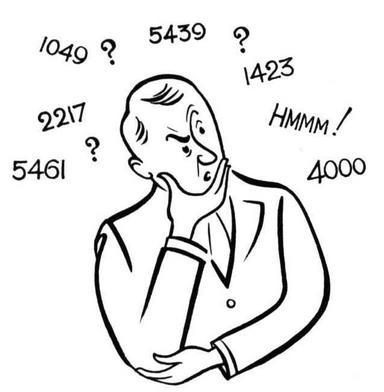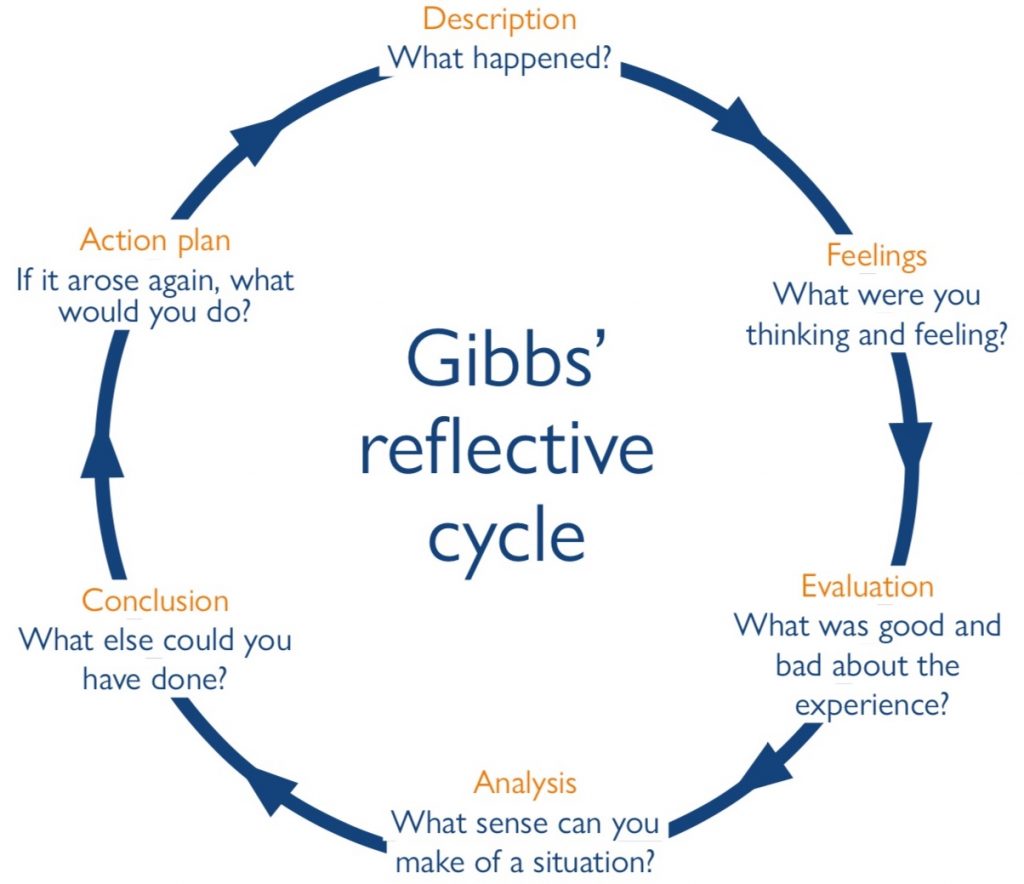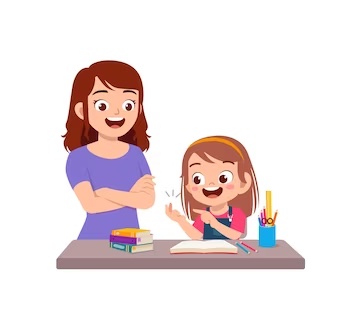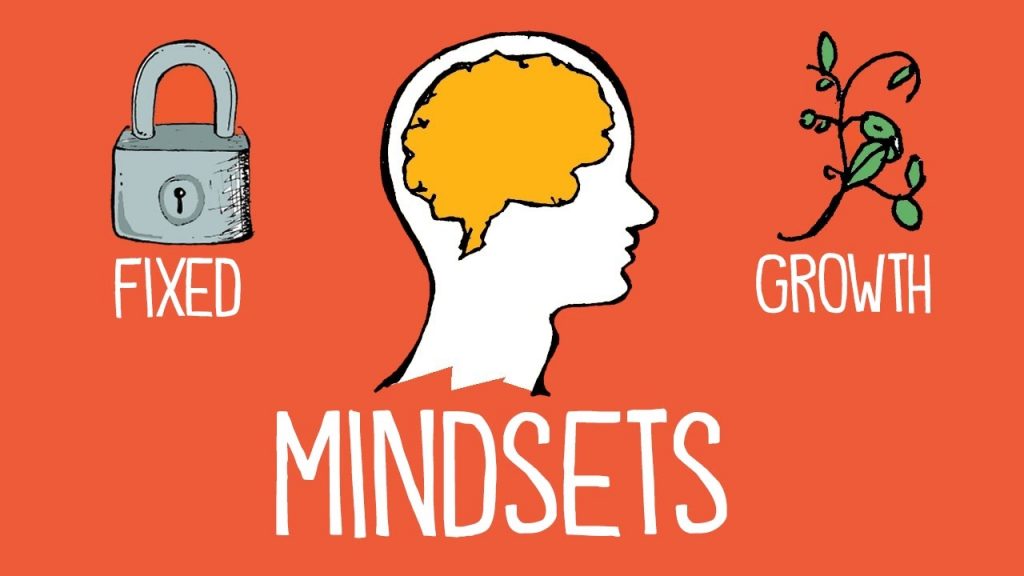MATH MAESTRO OR NUMERACY NOVICE?

Undeniably, numeracy is a critical subject in the primary school curriculum, and “prospective teachers should know the mathematics they are expected to teach deeply” (Norton 2017: 47). However, many trainee teachers “have low levels of mathematical confidence” (Norton 2017: 48). Accordingly, this blog post reflects upon my difficult experience teaching numeracy during my primary school placement, utilising Gibbs’ reflective cycle.
Gibbs’ reflective cycle
As a pupil, several teachers repeatedly told me that my numeracy work “wasn’t good enough”, and that my struggles with mental maths and reading numbers aloud were “inexcusable”. These factors have likely resulted in the development of “math anxiety” which is “defined as a state of discomfort that occurs in response to situations involving [maths] that are perceived as threatening to self-esteem” and can create “panic, helplessness, paralysis, and mental disorganization” (Bursal and Paznokas 2006: 173). I still find these aspects of numeracy difficult as an adult.

Due to these emotional aspects, I have employed Gibbs’ reflective cycle (Gibbs 1988) as it is “a helpful aid for [teachers] when reflecting on their feelings, thoughts, and actions related to challenging situations” (Markkanen et al. 2020: 46). Contrary to other models, Gibbs emphasises reflecting on “feelings (…) and concludes with a specific action plan should the situation arise again” (Davies 2012: 10). This focused reflection and action plan will be highly beneficial as I pursue a career in primary teaching.
Description
The class teacher asked me to supervise and assist the middle and higher-level groups during a numeracy lesson. Eventually, a pupil asked for my help in subtracting two four-digit numbers. Since I had not carried out manual calculations in a very long time, I used a calculator to discover the answer before assisting her. Following this, I attempted to explain the method and encourage the pupil to write it step-by-step in her book, but my increasing anxiety and self-doubt meant I kept saying wrong numbers and making mistakes. At this point, I was uninspiring and cold due to my increased anxiety, making it hard to build a rapport with the pupil.

I took a deep breath and decided to use a mini whiteboard to explain the concept to the pupil more clearly. I took this explanation slowly and broke it into small steps for the pupil (and myself). I remained calm and gradually built up her (and my) independence. I used analogies to place the numeracy in context and help increase focus, for example: “If you only have one sweet, you can’t take away two!” By the end of the lesson, I had built up competence and confidence with this type of calculation to help pupils with their questions (continuously checking my answers with a calculator).
Feelings
I felt incompetent and had rising anxiety when the teacher announced the task. I had critical, self-doubting thoughts such as: “You can’t do this! The pupils are smarter than you.”
When I got incorrect answers and stated numbers wrong, I felt intense embarrassment and panic. I had catastrophising thoughts like: “You will be a terrible primary school teacher. This student will never ask you for help again.” However, when collecting the mini whiteboard, I tried to calm down by focusing on belly breathing. I felt hopeful and nervous that this approach would be more successful.
As I worked through the calculation on the whiteboard, I began to feel more composed. My anxiety decreased, and I had encouraging thoughts like: “No need to worry! You have mastered this now.” By the end of the class, I felt relief and joy as I could confidently explain the questions and positively engage with the pupils.
Evaluation

Notwithstanding anxiety and insecurity, I remained calm and was determined to solve the problem. Moreover, I used a calculator to check my answers, broke the question into manageable chunks, and worked slowly to consolidate the pupil’s (and my) understanding. However, I initially felt emotionally overwhelmed by anxiety and had self-critical thoughts. As a result, I became distracted and unengaging towards the pupil, lacking rapport and relatability. I did not inform the teacher of my difficulties at the beginning of the lesson, exacerbating my emotions and instilling a feeling of isolation and absence of support.
Analysis

Maths anxiety can be “linked with low self-confidence and fear of failure” (Norton 2017: 48). My significant anxiety and self-doubt are undoubtedly linked to previous distressing experiences with numeracy at school and demonstrates low levels of confidence and self-assurance in the subject. Research suggests that many teachers harmfully consider mathematic confidence as “a way of describing (…) those who are successful performers at mathematics” (Burton 2004: 374). This experience has revealed my unhealthy fixed mindset towards numeracy and demonstrates the necessity for securing a growth mindset in my future primary teaching career.
Conclusion
At the beginning of the lesson, I could have informed the teacher about my numeracy struggles and expressed an eagerness to challenge my skills and core beliefs. This would have decreased the pressure and lack of support I experienced. I would have had a clearer mindset and could have used my struggles to demonstrate the normality of mistakes rather than becoming detached and unengaging for the pupil. Additionally, trainee teachers are expected to revise and practice the subjects they find challenging as a means of becoming “confident and authoritative in the subjects they teach” (Waide 2008: 23). By practising similar numeracy questions at home, I may have been more prepared for future numeracy lessons during my placement and beyond.
Action plan

Henceforth, I will continue working on primary-level maths to improve my confidence and skill, growing simultaneously in self-compassion and eradicating my fear of making mistakes. When working as a trainee or qualified teacher, I will tell pupils that I find maths challenging and encourage them to feel motivated by challenges and be unafraid to ask for help. Moreover, in future placements, I will inform the class teacher of my mathematical anxiety and how I am working to develop and improve upon it.
Nurturing my numeracy skills
It is natural for new teachers to experience “feelings of anxiety when they [perceive] their content knowledge to be low in the area within which they [are] teaching” (Sadler 2013: 162). Consequently, it is imperative that one is self-compassionate, encouraged, and forward-thinking when facing challenging situations as a trainee or qualified teacher. Since teaching “is not an emotion free zone” (Martin and Lueckenhausen 2005: 410), I hope to develop my mathematical confidence and ability to reflect and grow in future challenging classroom situations.
Bibliography
Bursal, M., and L. Paznokas. 2006. Mathematics Anxiety and Preservice Elementary Teachers’ Confidence to Teach Mathematics and Science. School Science and Mathematics, 106.4: 173-180. https://doi.org/10.1111/j.1949-8594.2006.tb18073.x
Burton, L. 2004. ‘‘Confidence is Everything” – Perspectives of Teachers and Students on Learning Mathematics. Journal of Mathematics Teacher Education, 7: 357–381. https://doi.org/10.1007/s10857-004-3355-y
Davies, S. 2012. Embracing reflective practice. Education for Primary Care, 23.1: 9-12. https://doi.org/10.1080/14739879.2012.11494064
Gibbs, G. 1988. Learning by Doing: A Guide to Teaching and Learning Methods. London: Further Education Unit at Oxford Polytechnic.
Markkanen, P., M. Välimäki, M. Anttila, and M. Kuuskorpi. 2020. A reflective cycle: Understanding challenging situations in a school setting. Educational Research, 62.1: 46-62. https://doi.org/10.1080/00131881.2020.1711790
Martin, E., and G. Lueckenhausen. 2005. How university teaching changes teachers: Affective as well as cognitive challenges. Higher Education, 49: 389–412. https://doi.org/10.1007/s10734-004-6782-x
Norton, S. J. 2017. Primary Mathematics Trainee Teacher Confidence and its Relationship to Mathematical Knowledge. Australian Journal of Teacher Education, 42.2: 47-61. http://dx.doi.org/10.14221/ajte.2017v42n2.4
Sadler, I. 2013. The role of self-confidence in learning to teach in higher education. Innovations in Education and Teaching International, 50.2: 157-166. https://doi.org/10.1080/14703297.2012.760777
Waide, L. 2008. So You Want to Be a Teacher? How to Launch Your Teaching Career. London: Continuum International Publishing Group.
You May Also Like

Keep On Keeping On – Bouncing Back From Disappointment
14 April 2023
From Volunteer Videographer to Lead Graphic Designer: My Reflective Journey at Larne FC
18 April 2023
